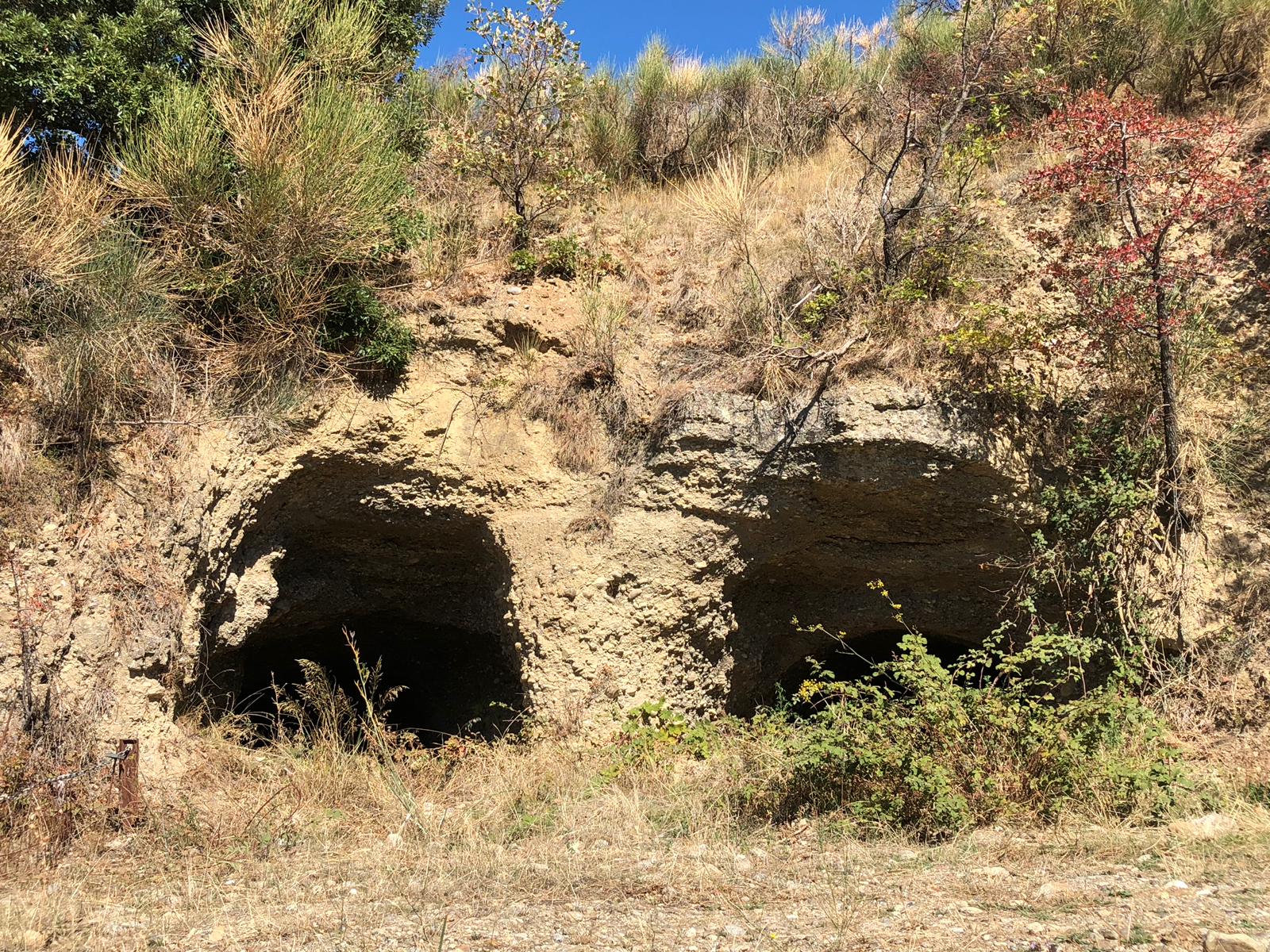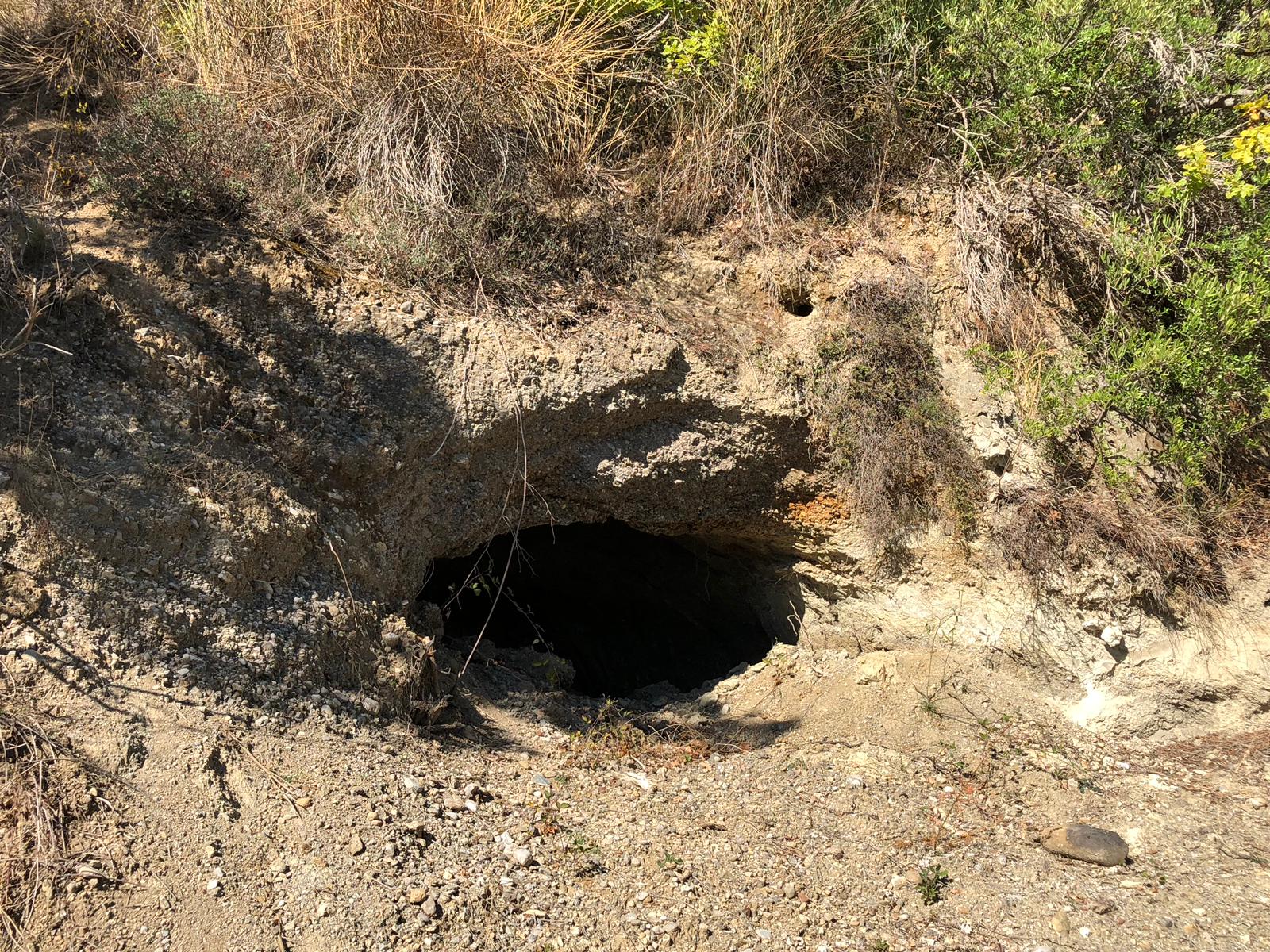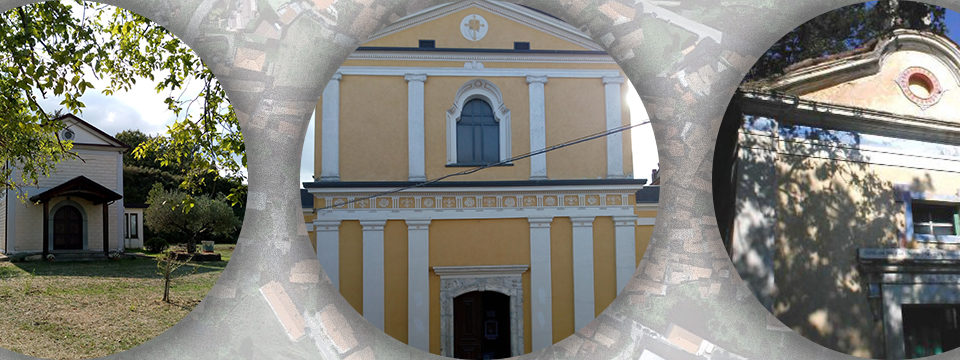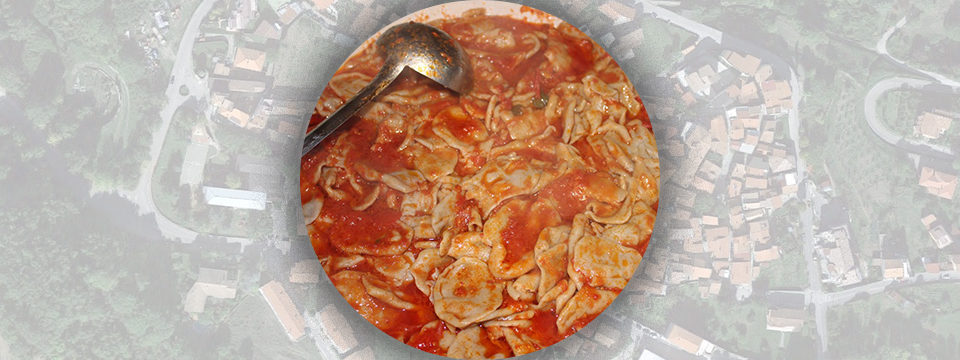Our Lady of the Rosary Chapel
8 October 2019Laghetto
12 October 2019ST SABA HERMITAGE AND BLESSED JEAN OF CARAMOLA
Territory of Fardella
Categoria: GREEN PARKS AND AREAS
Blessed Jean of Caramola is a religious figure dear to those living south of the Pollino National Park, as he lived here in the 14th century. Born in Toulouse in 1280, he lived in the area of the river Sinni, first as a hermit and then as blessed of the Abbey of St Mary of Sagittario in Chiaromonte.
As a hermit, he initially lived in the hermitage of St Saba, then in the “Romitorio” area, on mount Caramola, and lastly in the Abbey of St Mary of Sagittario, where he died in sanctity with miracles told anonymously in the 1300s, including the one to Margherita Chiaromonte, the wife of Giacomo Sanseverino, earl of Tricarico, who invoked the gift of maternity as she was barren.
The hermitage of St Saba, located on the left bank of river Sinni, in the area part of Fardella’s municipality recorded in the land register as the “Hermit’s cell”, was difficult to reach in the 1300s. Easily identifiable along state road 653 because of the presence of a pyramid-shaped islet in the riverbed, which was probably still attached to the mainland up to 1660 and which still has a well and a small cave dug out in the rock. Here Jean decided to lead a life of solitude, weaving thin wicker he found near the river Sinni, alternating prayer and work.

Gregorio De Lauro, the abbot of the Cistercian abbey of St Mary of Sagittario, as well as oral sources report that a miracle took place in the hermitage: some hunters, after catching live deer near the hermitage, asked the Blessed to keep the animals for them, to be able to continue to freely look for more game.
Moven by the lament of the mother deer, who approached the area where he was holding them, he opened the cell and let them escape. When the hunters didn’t find the animals upon their return, they became very angry and threw the hermit from the edge of the cliff. Although he ended up in the deepest part of the ravine, the saint realised he had no injuries. He stood up and the waters of the overflowing river Sinni, which at that moment could not be crossed, stopped and he crossed the stream. Two almond trees miraculously grew in the place where he had landed, as did saplings – not present in other areas of the cliff and neighbouring area and still visible today – at the foot of the trees. After the hunters saw that the man they had thrown off the cliff had no injuries, they thought he really was a saint and Onuphrius prayed for them.
As his reputation grew, his yearning for solitude led him to look for a more isolated place to move to. He went to the so-called "Hermitage of the Blessed Jean”, beyond the right bank of the river near the Frida stream, south of the Cistercian monastery of St Mary of Sagittario.
Worn out by the ever growing crowd of devotees who sought his help, the monk wandered into the most secluded and isolated areas of Sagittario. He first reached mount Caramola, where he practiced the delights of poverty for so long that he was called by everyone Jean of Caramola. From this hermitage, every Sunday Jean reached the abbey of Sagittario to listen to mass and where, according to records, he performed the miracle of the loaves.
He spent the last years of his life in the Abbey of St Mary of Sagittario as a lay brother. In the Cistercian monastery, he led a life of great austerity and strict silence, to the point that many thought he was mute. His body became frail and extremely thin due to the abstinence and very strict penance. He died there on 26 August 1339.
As recorded by De Lauro, on the ninth day after his death, some of his relatives arrived at the monastery to request the relics. When the body was exhumed, it released an intense scent of flowers that spread amongst all those present. Abbot Ruggero refused to grant the whole body of the blessed to his relatives and only gave them some relics.
Since 1339, the year the Blessed Jean of Caramola died, his body had been kept in a “crystalline” urn “well protected and with excellent decorations inside and outside”, in the words of De Lauro, placed on the altar of the chapel dedicated to him and communicating with the church.
The image of the Blessed Jean is engraved on the old wooden choir, once in the church of Sagittario and now in that of St James in Lauria.











